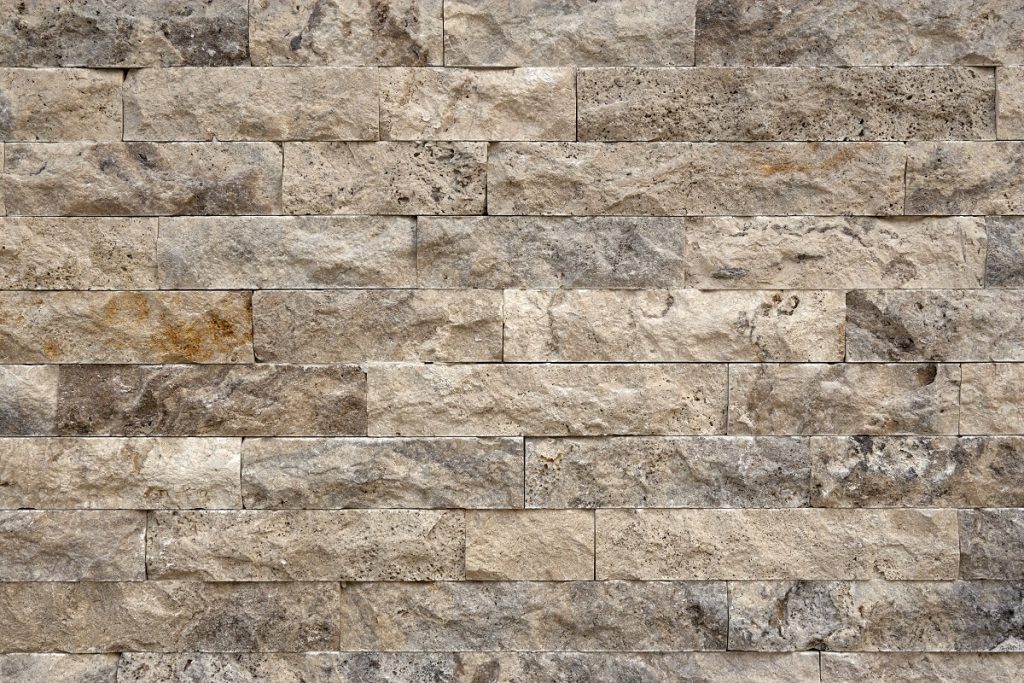Imagine giving your building something similar to skin, one that protects the structure from the elements while improving its appearance. That’s what cladding systems do. Currently, there are several materials to cover your building with. Which one you choose will depend on some factors, such as your budget, unique requirements, and goals.
Here are four of the most common cladding materials used today:
Stone
If you want a natural look and timeless appeal for your home or business building, a layer of natural or faux stone will do the trick. This material is sturdy and long-lasting and does an excellent job at insulating both heat and sound. Being non-porous, it does not absorb liquids, although it may retain moisture if the wall it’s applied onto is not fully dry during installation. Replacing it can be difficult, too.
Glass
When used in cladding, glass offers a combination of beauty and function. Glass rainscreens are known for giving buildings an elegant and modern look while protecting the structure from wind-driven moisture. Depending on your requirements, the glass may also be configured to reflect or refract outside radiation to support your indoor thermal control systems. Conversely, glass is brittle and is not ideal for use in earthquake-prone areas.
Wood
This material is a durable and energy-efficient option that will also give your home or commercial building a pleasant, rustic vibe. It is compatible with most decors and can be used for both interior and exterior cladding. On the downside, wood is a flammable material and may warp or deteriorate with constant exposure to the elements even when treated. It may also need regular repainting.
uPVC
Unplasticized Polyvinyl Chloride (uPVC) is a plastic material. It’s known for being extremely low-maintenance; it doesn’t rot, corrode, peel, rusts, or fades. Developments in the material have also made it more environmentally friendly and resistant to the elements. The problem with uPVC has to do with its low resistance to very high temperatures, which means it’s not a very good choice for buildings in areas that get a lot of strong sunlight most days of the year.
Metal
 There are four commonly used metals for cladding: steel, aluminum, zinc, and copper. Their most impressive trait is their durability; metal cladding can last more than 70 years. They are also fire-resistant and are fully recyclable, making them an eco-friendly cladding solution. The main problem with metal is that it scratches and corrodes easily, especially steel and aluminum. It can also be pricey to install.
There are four commonly used metals for cladding: steel, aluminum, zinc, and copper. Their most impressive trait is their durability; metal cladding can last more than 70 years. They are also fire-resistant and are fully recyclable, making them an eco-friendly cladding solution. The main problem with metal is that it scratches and corrodes easily, especially steel and aluminum. It can also be pricey to install.
Ceramics and porcelain
These two materials are made using almost the same process and are both very popular as construction materials. Both ceramic and porcelain cladding systems are known for being durable, the latter even more so than the former. They both resist liquid and add a classic and attractive look to any building they are used on. However, ceramic is known to be prone to cracks. While this isn’t a problem with porcelain, you’ll have to take into account the material’s weight and cost before adding it to your building.
Cladding is an excellent way to protect your building from external factors and improve its appearance. When deciding on which cladding system to use, take into account the benefits offered by its material, as well as its disadvantages.

